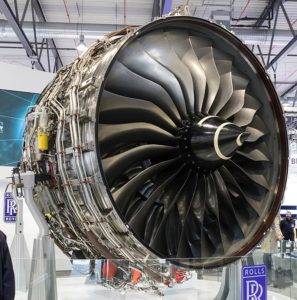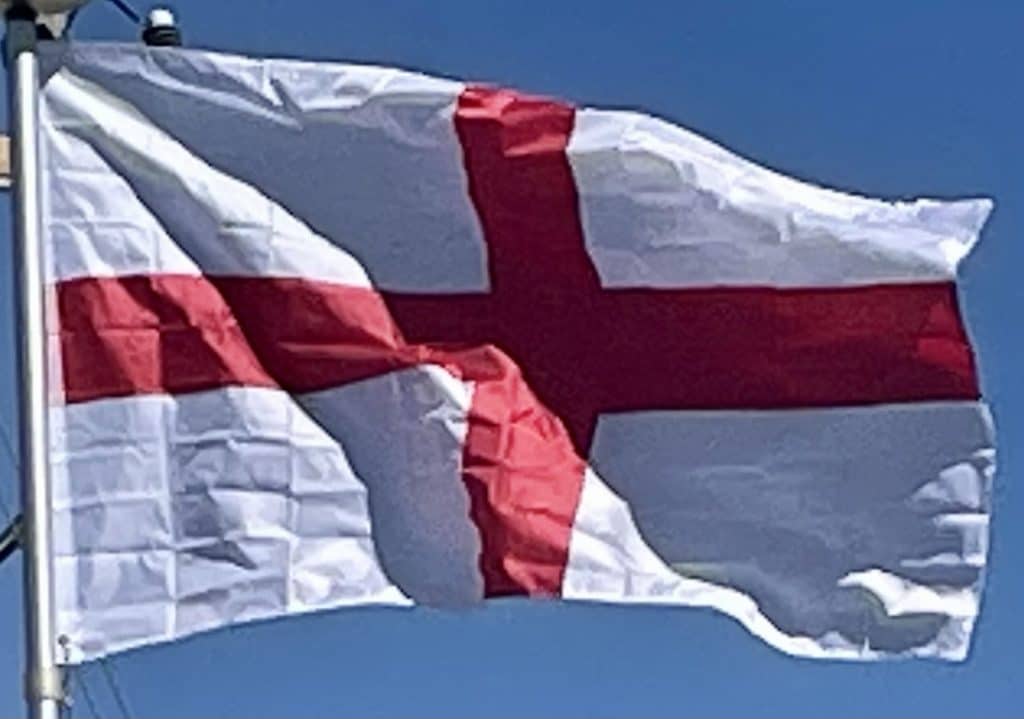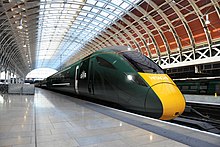
Much of the UK’s space industry is centered on EADS Astrium, based in Stevenage and Portsmouth. The company builds the buses – the underlying structure onto which the payload and propulsion systems are built – for most of the European Space Agency‘s spacecraft, as well as commercial satellites. The world leader in compact satellite systems, Surrey Satellite Technology, is also part of Astrium. Reaction Engines Limited, the company planning to build Skylon, a single-stage-to-orbit spaceplane using their SABRE rocket engine, a combined-cycle, air-breathing rocket propulsion system is based Culham. The UK space industry was worth £9.1bn in 2011 and employed 29,000 people. It is growing at a rate of 7.5 per cent annually, according to its umbrella organization, the UK Space Agency. In 2013, the British Government pledged £60 million to the Skylon project: this investment will provide support at a “crucial stage” to allow a full-scale prototype of the SABRE engine to be built.
Agriculture is intensive, highly mechanized and efficient by European standards, producing 60% of food needs with only 2% of the labor force. Two-thirds of production is devoted to livestock, the other to arable crops. The main crops that are grown are wheat, barley, oats, potatoes, sugar beets. England retains a significant, though much reduced fishing industry. Its fleets bring home fish of every kind, ranging from sole to herring. It is also rich in natural resources including coal, petroleum, natural gas, tin, limestone, iron ore, salt, clay, chalk, gypsum, lead, and silica.
Transportation:
England has a dense and modern transportation infrastructure. There are many motorways in England, and many other trunk roads, such as the A1 Great North Road, which runs through eastern England from London to Newcastle (much of this section is motorway) and onward to the Scottish border. The longest motorway in England is the M6, from Rugby through the North West up to the Anglo-Scottish border, a distance of 232 miles (373 km). Other major routes include: the M1 from London to Leeds, the M25 which encircles London, the M60 which encircles Manchester, the M4 from London to South Wales, the M62 from Liverpool via Manchester to East Yorkshire, and the M5 from Birmingham to Bristol and the South West.
Bus transport across the country is widespread; major companies include Arriva, FirstGroup, Go-Ahead Group, National Express, Rotala and Stagecoach Group. The red double-decker buses in London have become a symbol of England.
National Cycle Route offers cycling routes nationally. There is a rapid transit network in two English cities: the London Underground; and the Tyne and Wear Metro in Newcastle upon Tyne, Gateshead and Sunderland. There are several tram networks, such as the Blackpool tramway, Manchester Metrolink, Sheffield Supertram and West Midlands Metro, and the Tramlink system centered on Croydon in South London.
Great British Railways is a planned state-owned public body that will oversee rail transport in Great Britain from 2023. The Office of Rail and Road is responsible for the economic and safety regulation of England’s railways.
Rail transport in England is the oldest in the world: passenger railways originated in England in 1825. Much of Britain’s 10,000 miles (16,000 km) of rail network lies in England, covering the country fairly extensively, although a high proportion of railway lines were closed in the second half of the 20th century. There are plans to reopen lines such as the Varsity Line between Oxford and Cambridge. These lines are mostly standard gauge (single, double or quadruple track) though there are also a few narrow gauge lines. There is rail transport access to France and Belgium through an undersea rail link, the Channel Tunnel, which was completed in 1994.


